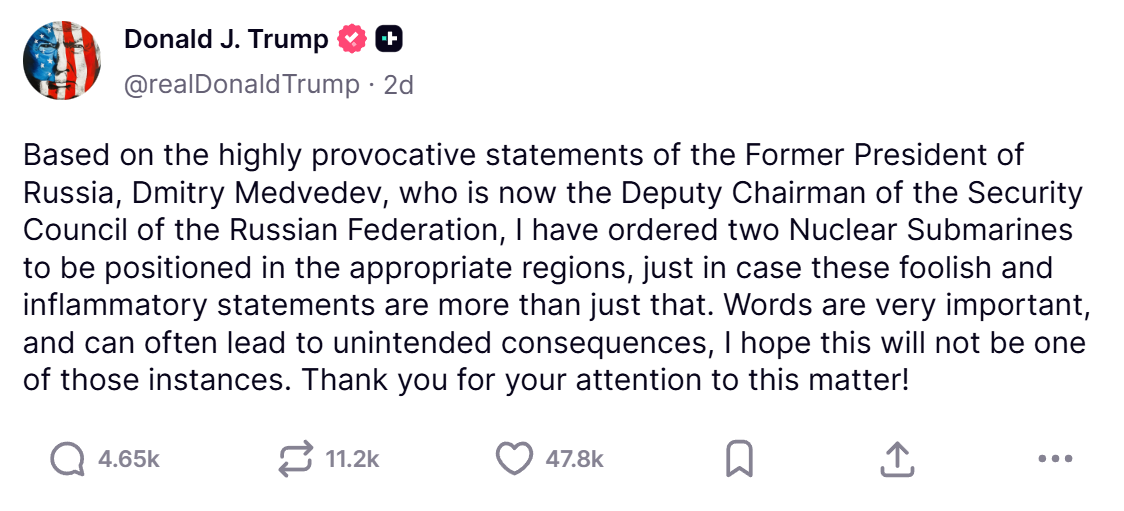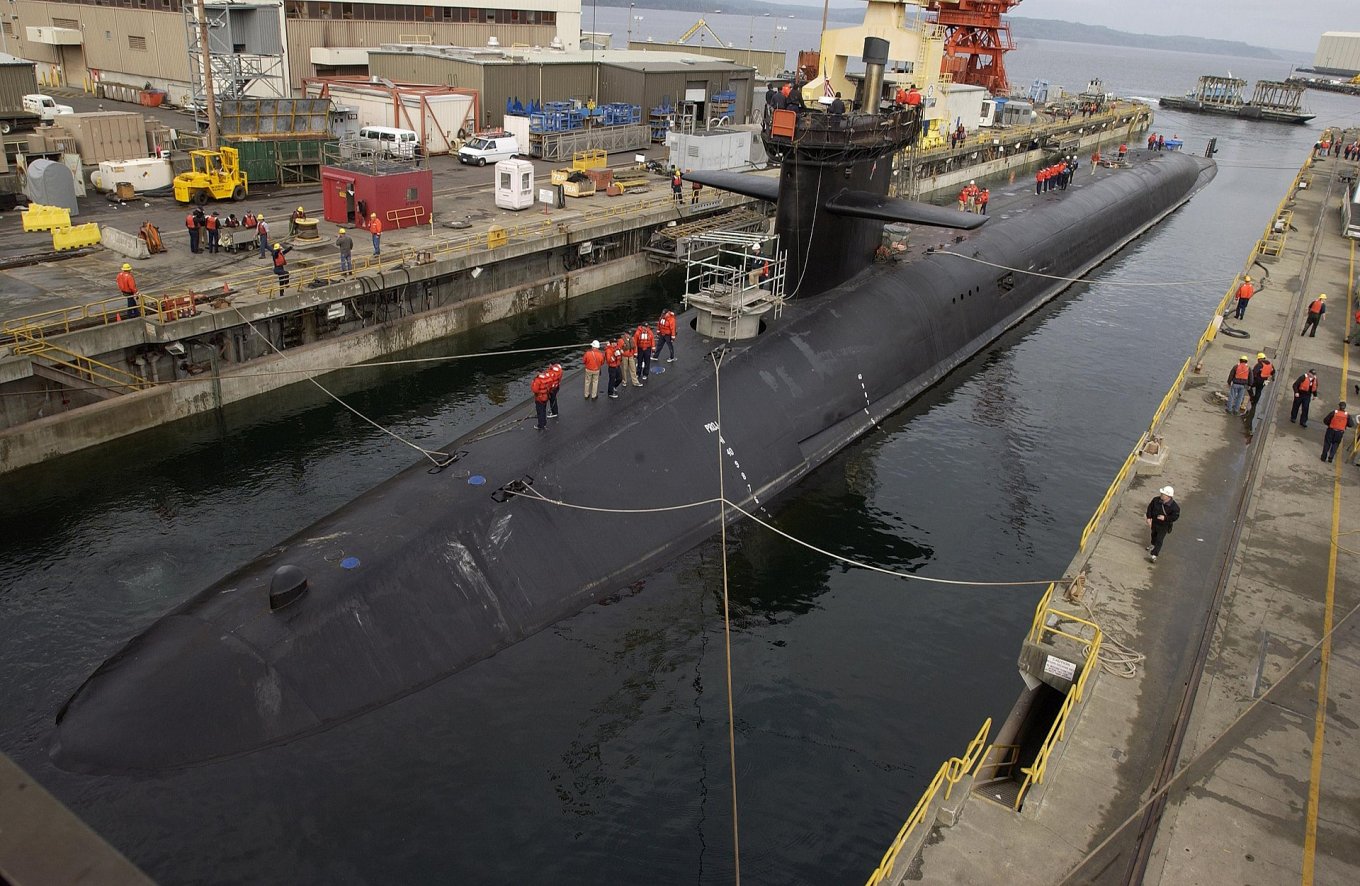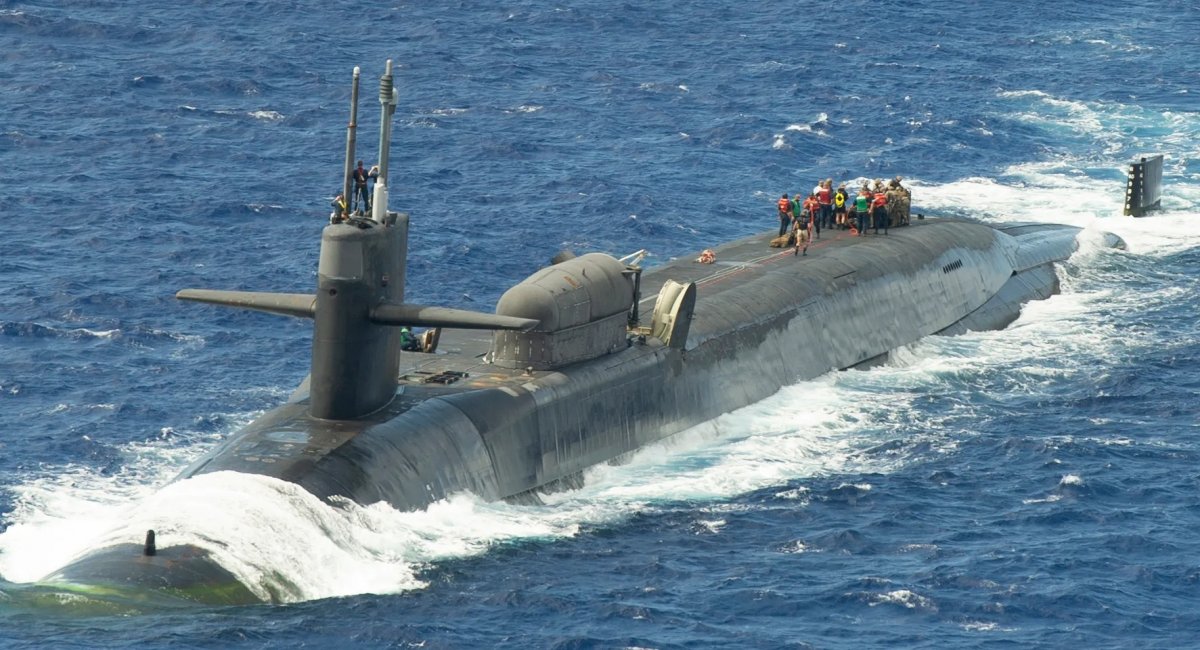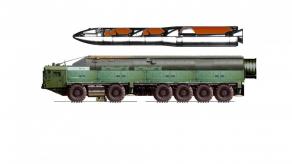On August 1, 2025, U.S. President Donald Trump reacted to threats from former russian president and current Security Council head Dmitry Medvedev by announcing an order to "deploy two nuclear submarines in the appropriate regions" in case the threats turn into more than "just words." He later added that the submarines are already positioned "closer" to russia.

As of today, the U.S. nuclear triad's sea-based leg relies on 14 Ohio-class submarines. Each is capable of carrying up to 20 Trident D5 ballistic missiles (which stacks up to maximum of 280 missiles). These missiles can be equipped with up to 14 nuclear warheads — either the W76-1 (about 100 kilotons) or the W88 (about 475 kilotons).
Read more: U.S. Considers Restarting F-22 Raptor Production
This brings us to a short historical detour. A total of 18 Ohio-class nuclear missile submarines were originally built for the U.S. Navy.
However, back in 1994, the United States decided it didn't need all 18 for its strategic nuclear deterrent. This was stated in the very first Nuclear Posture Review (NPR), launched in 1993 by Secretary of Defense Les Aspin and officially published in the fall of 1994 under President Bill Clinton.

The review concluded that 14 ballistic missile submarines were sufficient. As a result, the four oldest Ohio-class subs — SSGN-726 Ohio, SSGN-727 Michigan, SSGN-728 Florida, and SSGN-729 Georgia — were converted to carry Tomahawk cruise missiles instead.
The conversion program ran from 2002 to 2008. At the time, each refit cost about $1 billion per submarine.
Earlier, Defense Express reported that russia launched its newest nuclear-armed submarine, Dmitry Pozharsky (K-555), with putin himself attending the ceremony.
Read more: Colombia Buys $1B in Israeli Weapons — Then Bans Israeli Firms From Major Defense Expo














